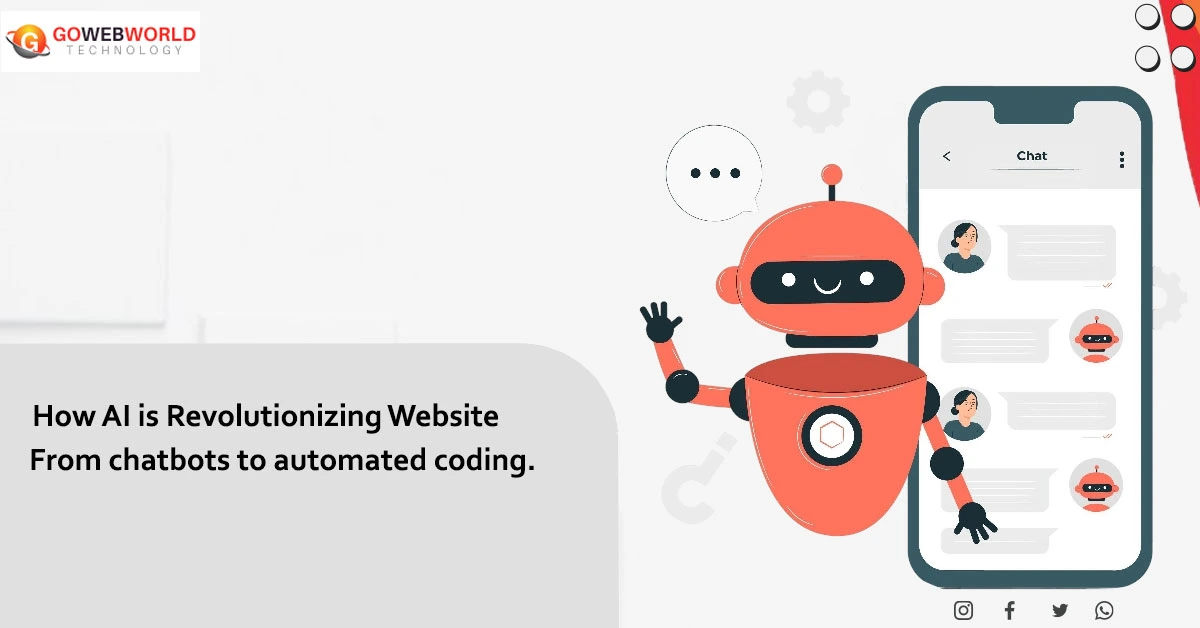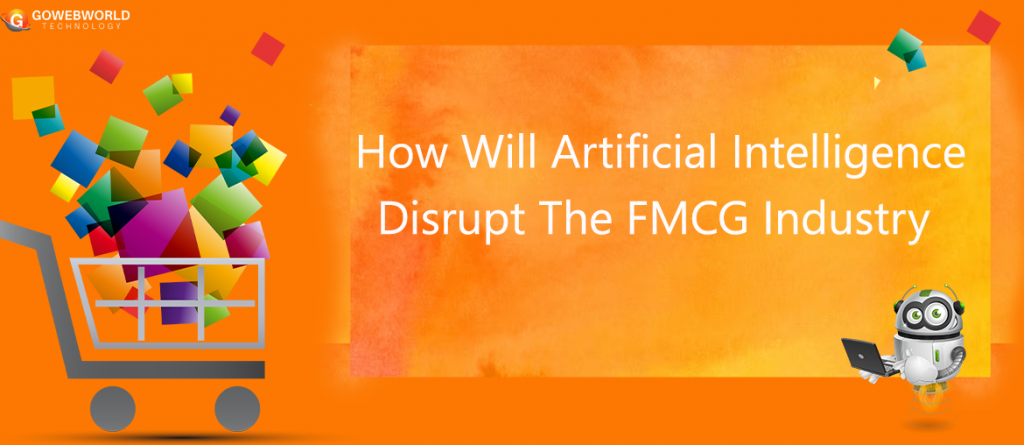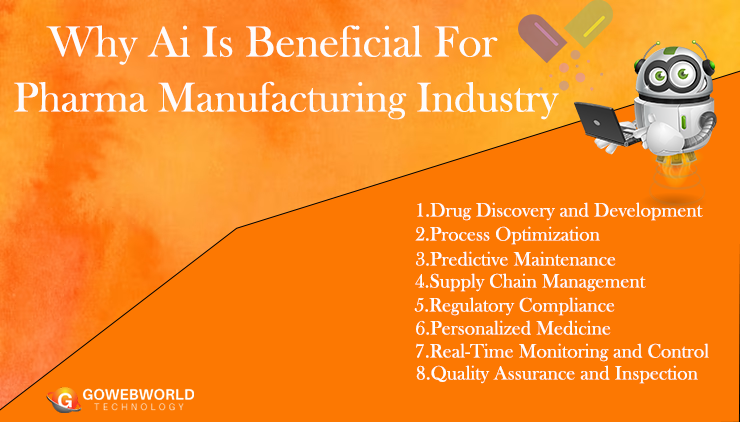The digital landscape is evolving rapidly, and businesses must adapt to stay competitive. One of the biggest transformations in recent years is the integration of Artificial Intelligence (AI) in website development. Whether it’s chatbots, automated coding, or AI-driven analytics, these innovations are reshaping how websites are built and operated. For businesses looking for a reliable Website Development Company in Chandigarh, leveraging AI can provide an edge over competitors.
The Role of AI in Website Development
AI is no longer a futuristic concept—it’s actively changing the way websites are designed, developed, and maintained. From improving user experiences to streamlining backend operations, AI is revolutionizing web development in several ways.
AI-Powered Chatbots for Enhanced User Experience
Chatbots are among the most common AI applications in website development. They provide instant customer support, answer FAQs, and guide users through a website efficiently. Unlike traditional customer service, AI-driven chatbots operate 24/7, ensuring businesses never miss a potential lead. For companies in Chandigarh looking to enhance their online presence, integrating AI-powered chatbots can significantly improve customer engagement.
Automated Website Design with AI
AI-driven tools such as Wix ADI and Bookmark’s AiDA use machine learning to automatically create website layouts based on user preferences. These tools analyze data, suggest design improvements, and generate aesthetically pleasing, responsive websites. This means that businesses can now build professional-looking websites with minimal human effort, reducing both time and costs.
AI in Website Personalization
Personalized user experiences are essential for improving customer satisfaction. AI collects and analyzes user data to tailor content, product recommendations, and even the overall layout of a website. This kind of real-time personalization improves engagement and conversion rates, making AI an invaluable asset for businesses focusing on website development.
AI-Driven SEO Optimization
Search Engine Optimization (SEO) plays a crucial role in website visibility. AI-powered tools like Surfer SEO and Clearscope analyze search engine trends, optimize content, and suggest improvements for higher rankings. Businesses in Chandigarh can leverage AI-driven SEO strategies to enhance their digital presence and attract more traffic.
AI for Automated Coding and Development
Traditionally, coding has been a time-consuming process requiring skilled developers. AI tools like GitHub Copilot and OpenAI Codex assist developers by writing code, detecting errors, and providing suggestions. This speeds up development, reduces manual errors, and allows businesses to launch websites faster.
6. AI in Website Security
Cybersecurity is a growing concern for businesses with an online presence. AI-driven security systems detect vulnerabilities, prevent cyberattacks, and provide real-time threat assessments. AI-powered tools continuously monitor websites for suspicious activity, ensuring data protection and security compliance.
7. AI in Content Generation and Management
Content is the backbone of any website. AI tools like Jasper and ChatGPT generate high-quality content, suggest topic ideas, and even automate blog writing. This helps businesses maintain a consistent content strategy while reducing the workload on human writers.
The Future of AI in Website Development
AI will continue to evolve, bringing more advancements in web development. Features like voice-activated interfaces, AI-driven UX improvements, and predictive analytics will further streamline development processes. Companies investing in AI-powered solutions will gain a competitive advantage, enhancing user experiences and optimizing business operations.
AI is transforming website development by making it more efficient, intelligent, and user-friendly. Businesses seeking a Website Development Company in Chandigarh should consider integrating AI into their digital strategies to stay ahead. From automated design to AI-driven customer support, the future of web development is smarter than ever. Embracing AI today means unlocking new possibilities and ensuring long-term success in the digital world.





